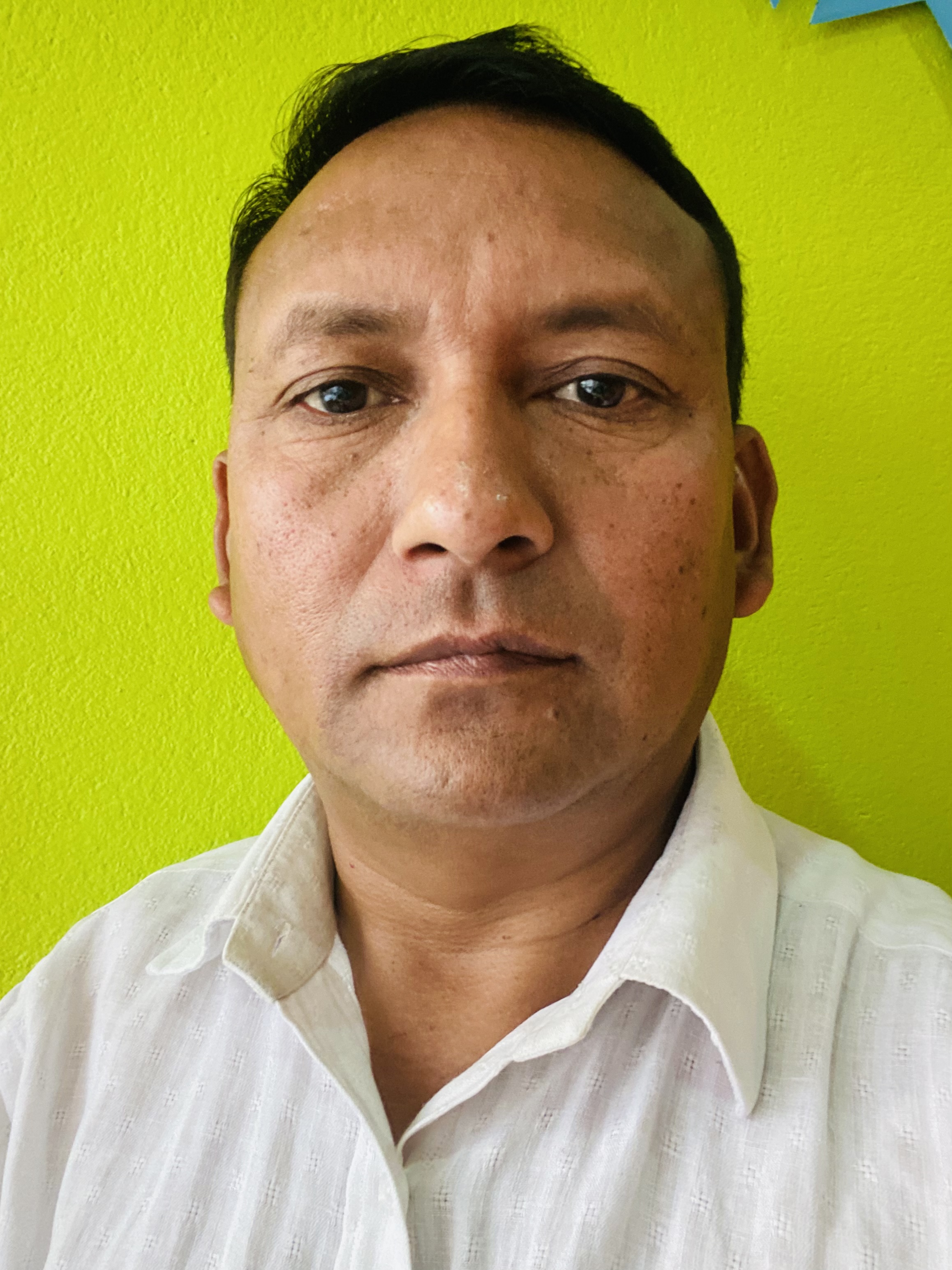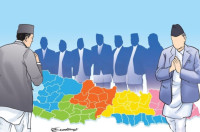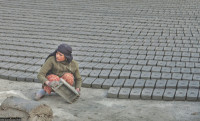Columns
Angst of upcoming festivals
Let’s start a serious debate about reforming the ancient methods of celebrating our festivals.
Mitra Pariyar
In 2018, Rishikesh Pandey published an interesting research paper in Quest, entitled “Religion, Rainfall and Rice: Social, Ecological Interpretation of Festivals in Kathmandu Valley, Nepal.” One of the principal findings is that the Newars of Kathmandu are struggling to continue their traditional festivities due to, among other things, “changes in the agro-ecological landscape”. How would they pray and worship in their rice fields as before, when those fields are now covered by a dense concrete jungle? I believe we need to urge the rethinking of the traditional celebrations of our larger, national festivals like Dashain, too. I would suggest that our festivals must be preserved, but their celebrations and rituals must be revised—for both economic and social reasons.
Excitement under the clouds
The monsoon is still in full swing. Many people continue to live in the mortal fear of terrible landslides and flash floods. And yet, the festive season has begun in earnest.
Most of our festivities fall in autumn. They are much more enjoyable once the monsoon rains have stopped, seasonal flowers blossom and the paddy fields turn golden with the ripening crop. This year’s Dashain, which is about a month and half away, is going to be wet and muddy.
Notwithstanding, everyone is looking forward to the start of the great festivals. Many people living and working abroad are already planning to return to their country for Dashain. Town residents are planning to visit their ancestral homes, which are rapidly emptying. No doubt, festivals are a great source of personal happiness and social connection. Yet they are also a source of angst for many.
Too costly
Our festivals are great in many ways, but they tend to be overly expensive. A lot of expenses are needed because too many festivals come too quickly. Next week is Teej, and some women might attempt to somehow manage to buy new sarees and if possible, expensive gold jewellery.
Dashain is even more alarming, with many days of feasting, travelling, good clothes and jewellery. Similarly, many people sacrifice goats and chicken to the famous deities. How do people with a limited income, ethical and honest work, manage such expenses?
The festival of Tihar follows Dashain almost immediately, which tends to be quite expensive too. A similar situation exists in Tarai, with Chhath right after Dashain. The Newars too have many festivals of their own, each involving lots of expenses.
Drain on foreign income
I think these successive festivals around the harvest season were crucial to bring agrarian communities together in the past. Almost every house grew its own crop and livestock hence, the expenses weren’t such an issue. They probably didn’t think about buying expensive jewellery and foreign clothes at the time.
Trying to continue with the similar tradition of extended feasts and gatherings, as well as flaunting gold, silver and clothes, if not expensive cars and homes, does not seem feasible. Not in today’s highly capitalist society where agrarian communities are rapidly shrinking, where much of the arable land tends to remain empty, as do rural communities.
These traditional types of festive celebrations in an era of market economy have been a huge drain on the remittance economy. Our economy is surviving because hundreds of thousands of our young men and women toil in Malaysia, Arab countries, Korea, Japan and send money home. Much of that money remitted from abroad goes into family expenses, mainly in celebrating increasingly expensive festivals.
What this has done is prevent the productive use of the remittance. It would be much better for the concerned families, to the local and national economy, if much of the remittance was invested in small businesses, in innovative projects. That would also provide employment opportunities and, in the longer term, increase the rate of pay within our own country—requiring less citizens to go for unskilled labour overseas.
Promoting social inequality
Our religious festivals seem out of place or outdated in the performance of at least some of their rituals and customs. As a result, the festivals have not only hurt the national economy, but also social harmony. Isn’t it time to rethink the rituals that openly promote social inequality?
I wonder why we still celebrate Janai Purnima, for instance. It certainly doesn’t deserve to be a national holiday. Because it is a very divisive festival. The so-called upper or cleaner castes change their sacred thread—janai—that day. And the rest of us Dalits, ethnic groups, women have no right to the same thread, the same ritual.
The concept of sacred thread has been used since the Puranic period to distinguish the higher castes from the lower ones. So, it deserves to be either wiped off our annual calendar for good—or reformed massively.
Many other festivals including the Great Dashain explicitly reaffirm and promote the ancient notion of ritual purity and pollution. The religious notion of ritual purity and pollution (as analysed extensively by Luis Dumont in his famous Homohierarchicus) is the principle ideology of caste separation and discrimination. And we have allowed temples to practise that very openly.
Throughout the nine days of pre-Tika pujas, Damai drummers are used to play their music in almost all temples of goddesses and ancient forts. But they can’t enter the temple and pray like other devotees, and they are offered tika on a leaf! Worse still, they are humiliated further by offering the tail end of sacrificed goats and buffaloes!
The same thing happens in state-sponsored and historic temples such as Gorakh Kali and Nuwakot Bhagawati and Palanchowk Bhagawati. Why are we allowing such practices to continue even in a secular republic? We’ve dumped Hindu monarchy for good—it’s also time to dump old and divisive rituals and customs.
To conclude, rain or shine—let’s celebrate our festivals. One doesn’t even need to be a Hindu to enjoy them, to have fun, to reconnect with our social circles. However, let’s also start a serious debate about reforming the ancient methods of celebrating our festivals—keeping in mind economic and social concerns. So that festivals bring more fun and less angst amongst the masses.




 7.12°C Kathmandu
7.12°C Kathmandu















